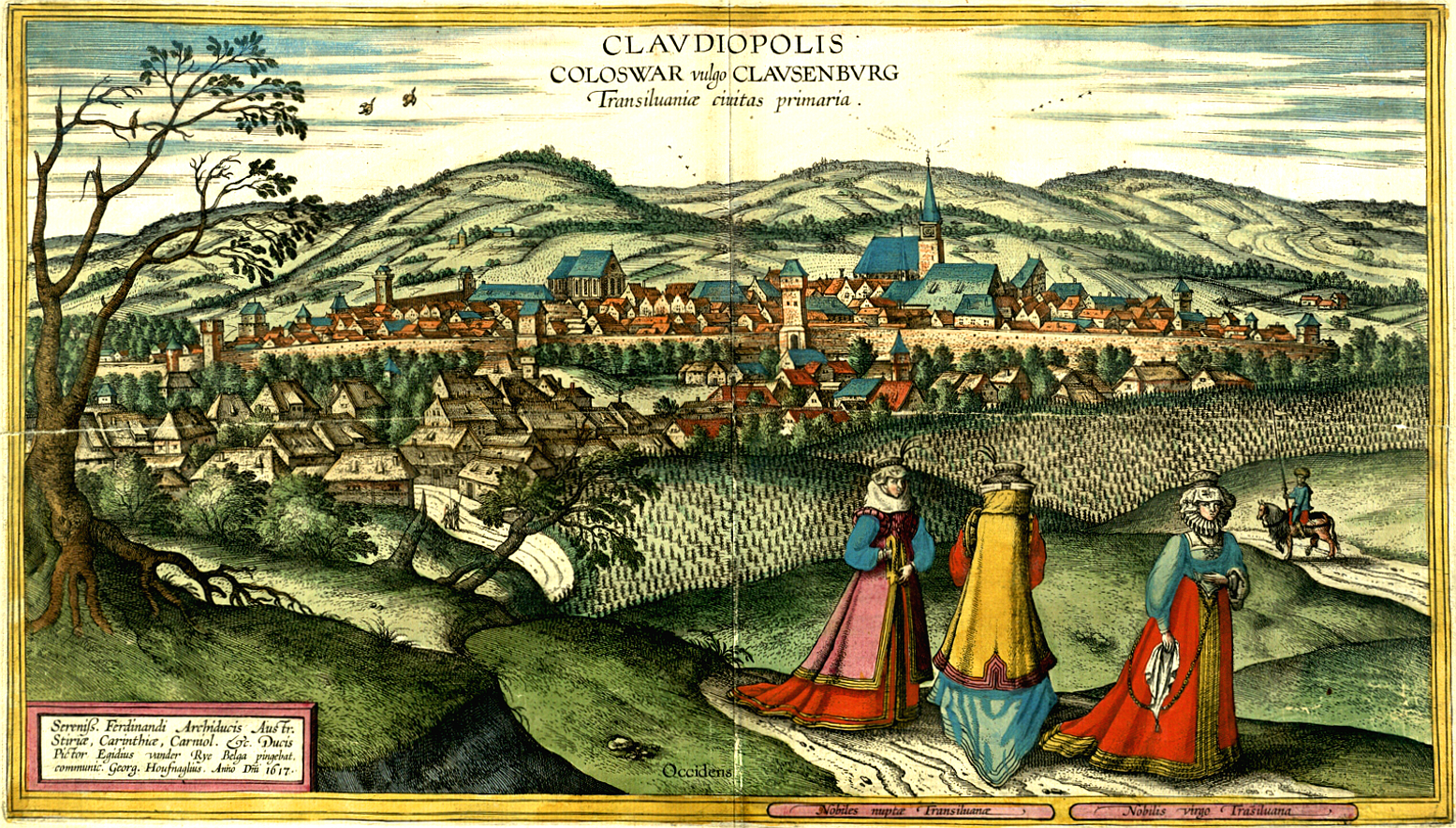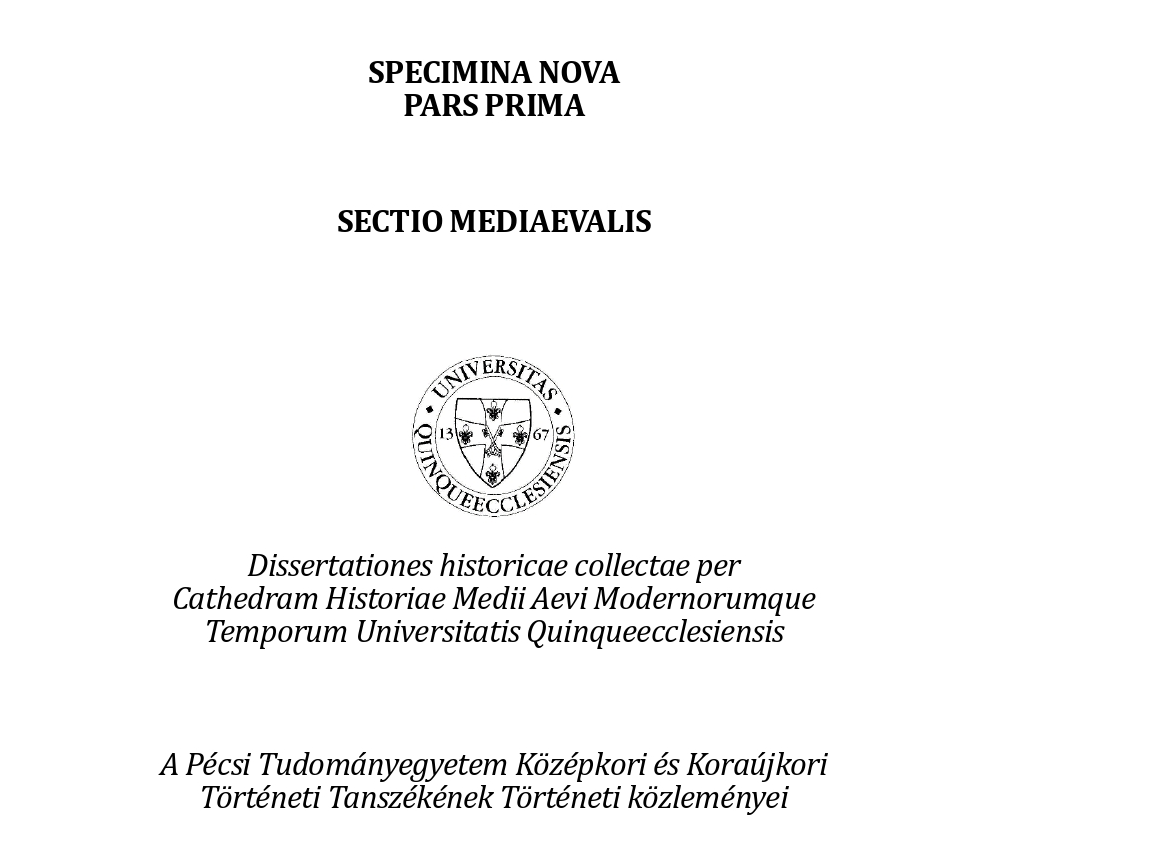Methodological Aspects for the Analysis of Transylvanian Censuses in the First Third of the Eighteenth Century
DOI:
https://doi.org/10.15170/SPMNNV.2023.12.09Kulcsszavak:
history of Transylvania, censuses, tax assessment, tax system, demography, methodologyAbsztrakt
Throughout history, tax revenue has been a significant source of income for the state. Direct taxes composed a crucial part of the state budget, along with revenues generated from trade and other economic activities. Since the Early Modern Times, taxpayers have been registered before tax collection to estimate income and determine applicable taxes for households.
In the Middle Ages, censuses taken in the Kingdom of Hungary aimed to register the taxpaying population, mainly serfs, while excluding the tax-exempt nobility and ecclesiastical order. The Ottoman conquests led to changes in the tax system, with the occupiers building a well-organized system adapted to local social conditions in the territory under their rule. Despite the Viennese court's financial administration reforms, medieval taxation methods persisted for decades in the remaining part of the Kingdom of Hungary. Tax collection procedures in the Principality of Transylvania also followed medieval customs, although the Transylvanian government introduced changes in defining taxpayers and tax units, similar to the reform in the Kingdom of Hungary.
In my study, I examine the censuses (conscriptiones, connumerationes) carried out in Cluj and Turda Counties from 1713 to 1733. My research focuses on the structure and content of these sources, as well as their methodological implications and potential for data interpretation and application.

Downloads
Megjelent
Folyóirat szám
Rovat
License

This work is licensed under a Creative Commons Attribution-NonCommercial-NoDerivatives 4.0 International License.

